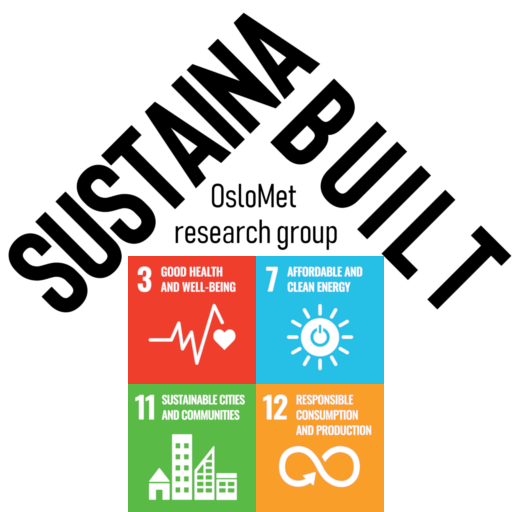Faculty Dissemination (Professional and Public Outreach)
2013 ▲▼
Line Røseth KARLSEN, Søren GEDSØ, Arnkell PETERSEN (2013) “Dagslys i moderne bygg”🔓 [Language NO]. Glass og fasade, Vol.03, p.18-20 …
Abstract: [Norwegian] I byggebransjen er det i dag et stort fokus på fremtidens energieffektive bygg, spesielt siden myndighetene har lagt opp løpet mot nesten–nullenergibygg i 2020 med passivhusstandard som forskriftskrav i 2015. Myndighetene legger imidlertid vekt på at energieffektiviseringen ikke skal gå på bekostning av et godt inneklima
Line Røseth KARLSEN, Ida BRYN (2013) “Fasader i glass som holder hva vi lover” [Language NO]. Lecture at Fagdagen Glass og fasadeforeningen in Olavsgaard, Skedsmo, 2013-10-16
Abstract not available
Line Røseth KARLSEN, Ida BRYN (2013) “Fasader i glass som holder hva vi lover” [Language NO]. Lecture at Energiligaen – ventilasjon og inneklima in Kunskapsbyen, Lillestrøm, 2013-04-11
Abstract not available
Line Røseth KARLSEN (2013) “Dokumenteringsmetoder for tilfredsstillende dagslys” [Language NO]. Lecture at Dagslysseminar Norsk innemiljøorganisasjon in Oslo, 2013-06-06
Abstract not available
Line Røseth KARLSEN, Søren GEDSØ, Arnkell PETERSEN (2013) “Risk of poor daylight in new and retrofitted buildings in Norway”. Poster at 5th Velux Daylight symposium in København, 2013-05-15
Abstract available via the hyperlink above
Gustav GRIMSTAD, Ole MELHUS, Samson Abate DEGAGO, Roger Guldvik EBELTOFT (2013) “Modeling of rock fall impact using discrete element method (DEM)”. in M. A. HICKS, J. DIJKSTRA, M. LLORET-CABOT, M. KARSTUNEN (Eds.), Installation Effects in Geotechnical Engineering, CRC Press, p.245-251 …
Abstract: Buried corrugated steel culverts, padded on top of a layer of granular material, some are used times to protect infrastructure against rock falls. A decisive point in the design of such a structure is the cushion material’s ability to absorb the kinetic the energy from the rock block. This is assessed by two important factors parameters, i.e. the resulting impact load and the intrusion of the falling mountain. In this the article uses a discrete element model (DEM) i simulating the impact of a falling boulder on a such a pillow layer. The simulation is compared with measurement data from a full-scale field test. The applicability and the potential of DEM to simulate rock fall impacts on pillow is assessed and discussed in the light of measurements from full-scale test and estimations using empirical contexts proposed by the Norwegian guidelines.
